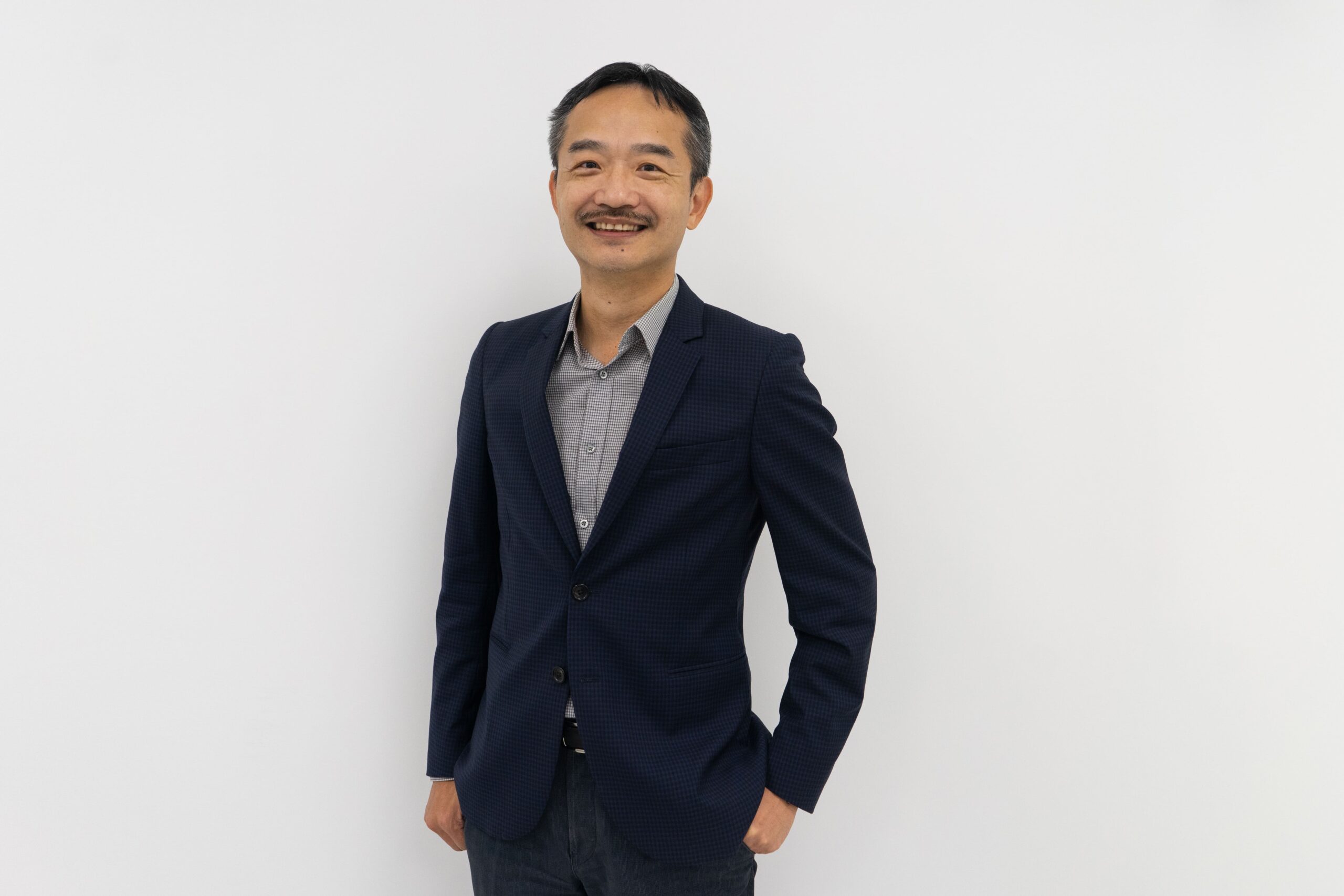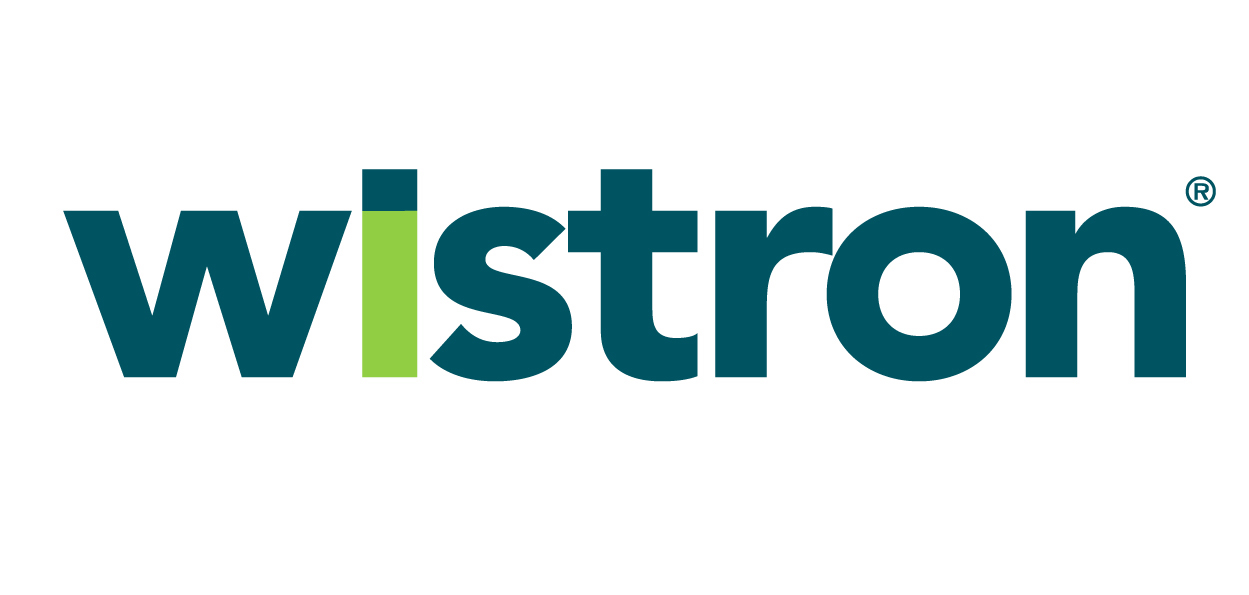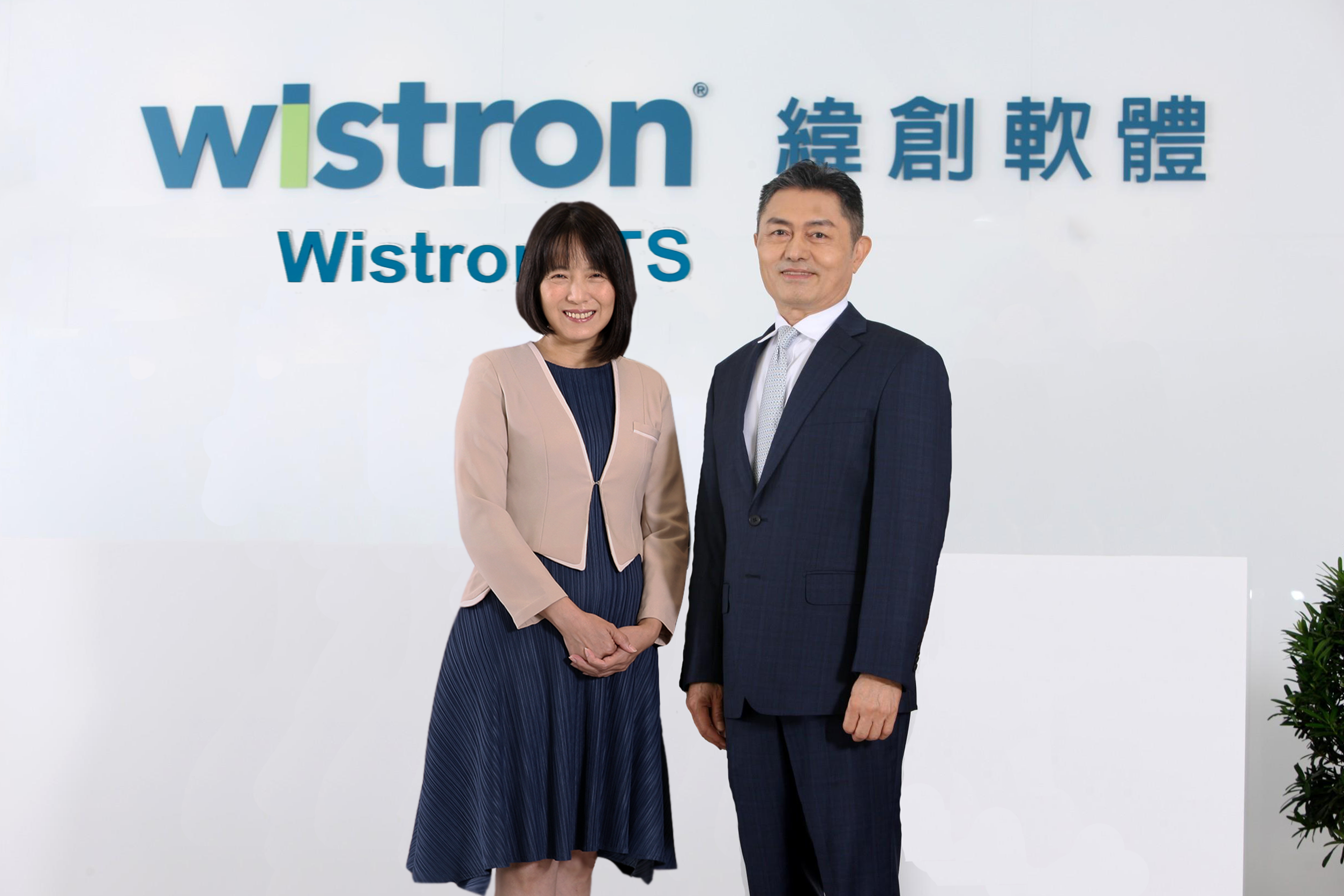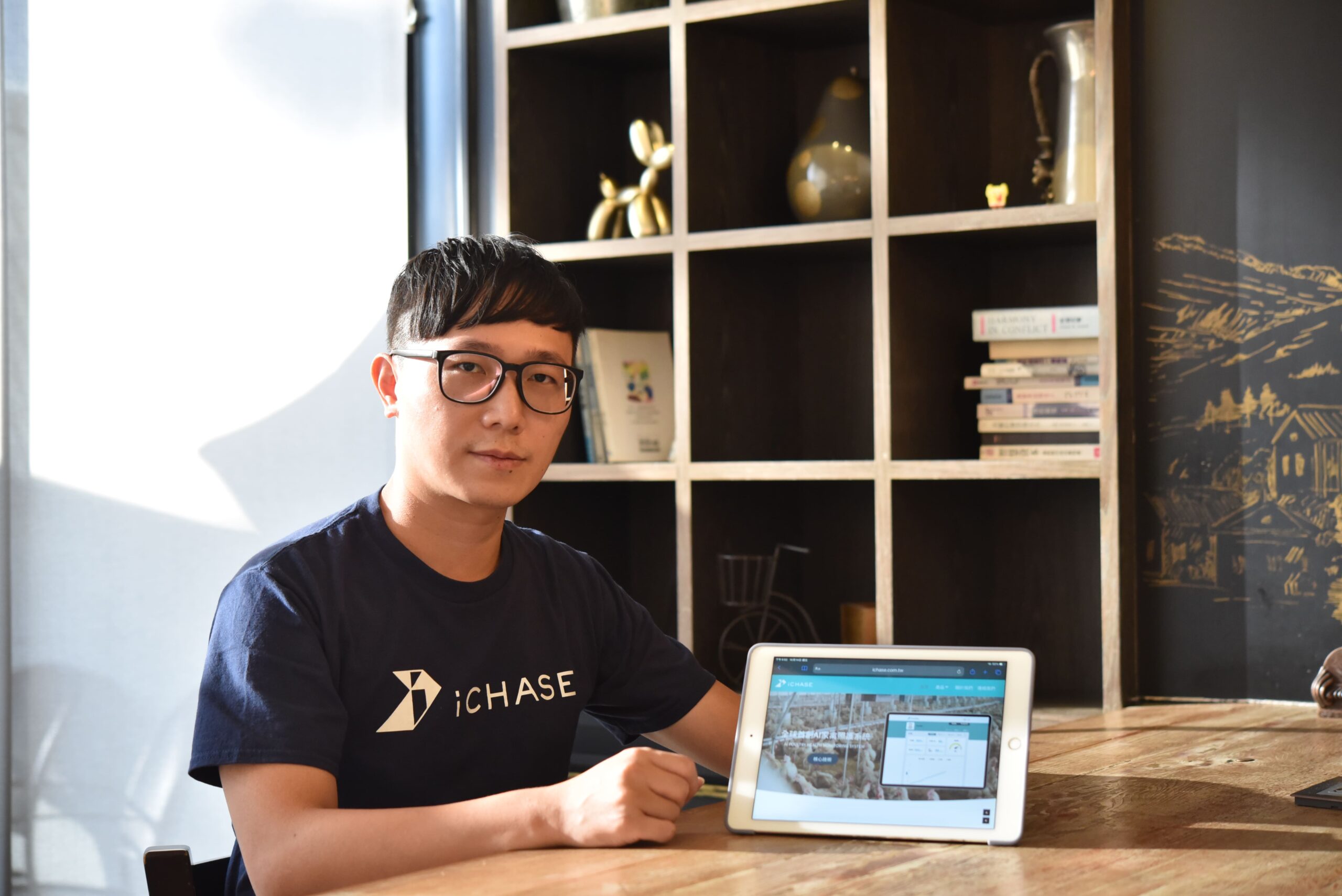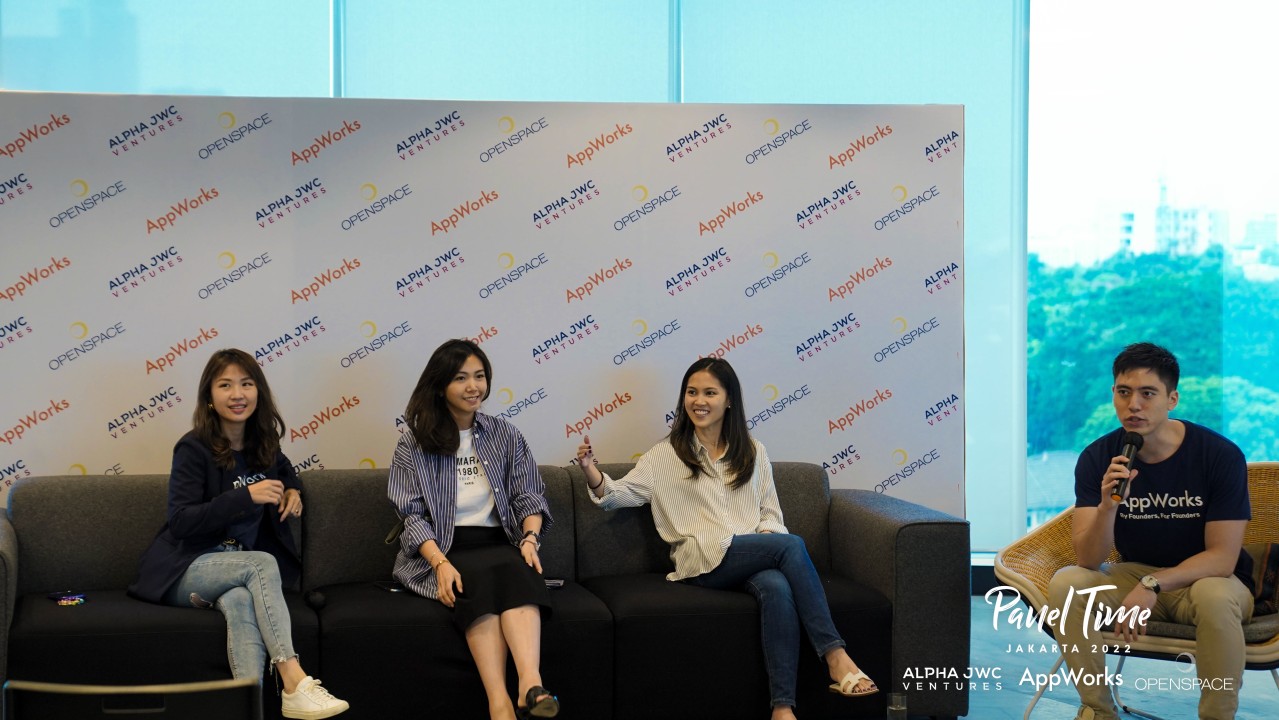
Photo taken during a panel event in Jakarta, where Sophie discussed the current fundraising winter with industry peers. Panel speakers including Tania Shanny Lestari from Openspace and Chelsea Hartanto from Alpha JWC Ventures joined us on the VC panel, while Steven Wongsoredjo from Aplikasi Super (YC W18), David Setyadi Gunawan from EdenFarm, and Moehammad Ichsan from Octopus Indonesia participated on the founder panel.
Sophie Chiu, Principal (邱敬媛 / 協理)
Sophie is a Principal leading the Southeast Asia Arm, that is responsible for meeting, helping and investing in great founders in the region. She joined AppWorks as an Associate in 2020 and was subsequently promoted as a Principal in 2023. Prior to AppWorks, Sophie had 10 years of public equity experience. She was part of the portfolio management team at Neuberger Berman, focusing on emerging market opportunities. Prior to that she served as a research analyst at Credit Suisse, JPMorgan, and London-based Autonomous Research. Sophie holds a Master of Finance with distinction from Warwick Business School and BS Finance from National Taiwan University. Her passion and expertise, however, extend far beyond just researching companies and industries. She is also an author of two published poetry books and holds a keen interest in human psychology and human behavior.
In the ever-evolving world of technology, artificial intelligence (AI) has emerged as a beacon of innovation, attracting significant capital and propelling startups to unprecedented heights. However, this blossoming AI spring season starkly contrasts with the chilly atmosphere pervading the rest of the tech landscape. Amidst slashed valuations and the recent bankruptcy of banking giants like SVB and Credit Suisse, it is evident that we are in the midst of a capital winter that shows no signs of abating anytime soon. The situation is particularly challenging for startups in Southeast Asia, where many are grappling with unfavorable market conditions for the first time. In this article, we will delve into practical strategies and tips for founders to navigate this capital winter, ensuring their ventures not only survive but also thrive in these trying times.
1. What does a capital winter mean for VC investment?
a. It’s an era of less FOMO but more SLOJI.
The effects of the capital winter have reached all corners of the investment world, from the icy cold public equity market to growth equity and finally early-stage investment. With the exit forecast clouded by higher risk and uncertainties, VC investors are inevitably adjusting their investment approach.
Most VC investors in this region have become more patient and disciplined (with valuation). It is no longer a market driven by FOMO, but rather a time to be SLOJI – “slow to join in.”
Traditionally, VC investors were driven by a fear of being late to the game and sought to invest early and cheaply. Now VC investors are more comfortable waiting slightly longer and even committing to higher valuations when founders demonstrate a stronger set of metrics or evidence of product-market fit (PMF). This also means a greater emphasis on due diligence and the importance for a startup to show solid fundamentals for long-term success.
b. Path to profitability is almost a must, on top of all other necessary metrics.
Investors are currently placing a greater emphasis on profitability because they need to be more patient and disciplined, as well as considering the challenging macro environment. This does not necessarily mean that profitability is the sole metric used to evaluate a startup, but rather that a founder’s understanding and commitment to profitability is an important factor in investors’ assessments.
Here is some general advice for startups at different stages of development: If your startup is in the Series B or later stage, it should already have improving or excellent profitability metrics. At the Series A stage, it is important to demonstrate thoughts and plans for future profitability. For seed stage startups, the focus should still be on product-market-fit (PMF), and if anything else, don’t pursue a cash-burning business model.
c. Balanced growth is even more important.
The path to profitability is more like a check box. What investors are really eager to see is balanced growth. Growth is how a startup could eventually prove its PMF and disrupt the status quo. Balanced growth means growth plus a path to profitability – growth with at least steadily improving margins.
2. What does a capital winter mean to a founder and their startup?
a. Money is more expensive tomorrow.
The capital winter started because we are now in a rising interest rate environment, where money is more expensive tomorrow. It also means every dollar you save/earn today is more valuable. That is why no investor will support cash-burning business models right now.
b. Cut burn and survive.
As the capital winter could be prolonged, it is time that a founder needs to know how to survive and sustain longer and wisely. Since money tomorrow is more expensive, cutting burn can already help you save more valuable money today.
c. Focus on your best PMF.
There could be many directions/options for you and your startup. It is time to focus on your best PMF, where there is demand, paid users, or recurring cash flow. It is time to focus the resources on your best shot.
d. It is time to think like camel rather than a unicorn.
I really like this concept borrowed from this article in the Harvard Business Review, which was written in 2020 but seems only more relevant now.
Under a tough capital market like right now, many startups may die. The implication is that your competitors may die too. That’s why it is time for intelligent founders to prioritize survival over the blind pursuit of market share. Surviving and sustaining your startup with healthy growth and margin is already a victory.
VCs, among all types of investors, are the ones that stand the closest to founders. We are essentially on the same side because the success of VCs is entirely dependent on a startup’s success. Since we’re on the same side, when VC investors are now acting more patient and disciplined, founders should do the same together. It’s time to be a camel together.
3. What does a capital winter mean to a founder when it comes to fundraising?
For founders’ preparation, I’d say fundraising 101 is the eternal guideline and even works more effectively at a time like this: Know your investors, engage with them early, be transparent, know your stage, and so on. These are all critical factors. I’ll pick two that were highlighted during the panel:
a. Engage with investors early, build long-term trust.
Investors will take longer to assess a startup. I’d encourage startup founders to engage with prospective investors early because trust takes time to build. Most investors appreciate receiving regular or occasional updates from founders, demonstrating their commitment and discipline.
Many alumni from our AppWorks Accelerator regularly send us updates from time to time. Those who continue to show progress and dedication usually have pretty successful fundraising results – because most investors on the list get to observe them long enough before they actually need funding.
b. PMF, PMF, PMF.
Founders often ask what investors look for when evaluating potential investments. While founders are the experts on their own businesses, it is important to highlight key metrics that demonstrate strong PMF. In today’s business environment, PMF also requires a clear path to profitability.
This does not necessarily mean that early-stage startups need to immediately prove profitability, but rather that they should be able to demonstrate a vision for how their business can eventually monetize and become profitable. By focusing on these key metrics and showing a roadmap for profitability, founders can better position their businesses for success in the fundraising process.
4. How long will this capital winter last?
Founders should be aware that the current emphasis on profitability is not just a temporary trend, but a fundamental shift in the way businesses operate. This shift is not limited to a few companies – tech giants such as Grab and GoTo have already adjusted their profitability targets to accelerated timelines to reflect this change.
While Vietnam may have experienced record-high GDP growth in the third quarter of 2022, the fourth quarter saw a decline in global demand that is expected to persist in the coming months. As a supply market, Southeast Asia may feel the effects of global recession later on, which means that the “capital winter” may also last longer. To prepare for these challenges, founders should prioritize profitability and survival for the next 2-3 years (at least) and adopt a long-term, sustainable mindset for their businesses.
Remember, it’s time to think like a camel. Other unicorn-wannabes will die in the desert.
5. For founders, why now should be a promising time rather than a discouraging time?
Many founders may feel discouraged thinking about a capital winter and global recession. I’d instead encourage founders that it is the best time. It is the best time for founders to care about users, solve real pain points, and set a healthy goal for the company to survive. It is the best time for investors to stop chasing FOMO and pay attention to fundamentals and holistic vision.
The truth is that VC investors can’t sit on a pile of cash even if they become more disciplined with investment, they are expected by their investors to deploy according to market opportunities even in the winter. We still are on the lookout for amazing founders to allow us to join them on their journey to disrupt this world and create abundance and a better future.
So I think this article should end on a positive note for you. Again, VC investors and founders are meant to always stand on the same side. The goal of AppWorks as a VC is to fund the most-talented founders and help you make the biggest impact on this world – that’s something that will never change. We are always here for you.
If you are a founder working on a startup in SEA, or working with web3 and AI / IoT, apply to AppWorks Accelerator to join the largest founder community in Greater Southeast Asia.
